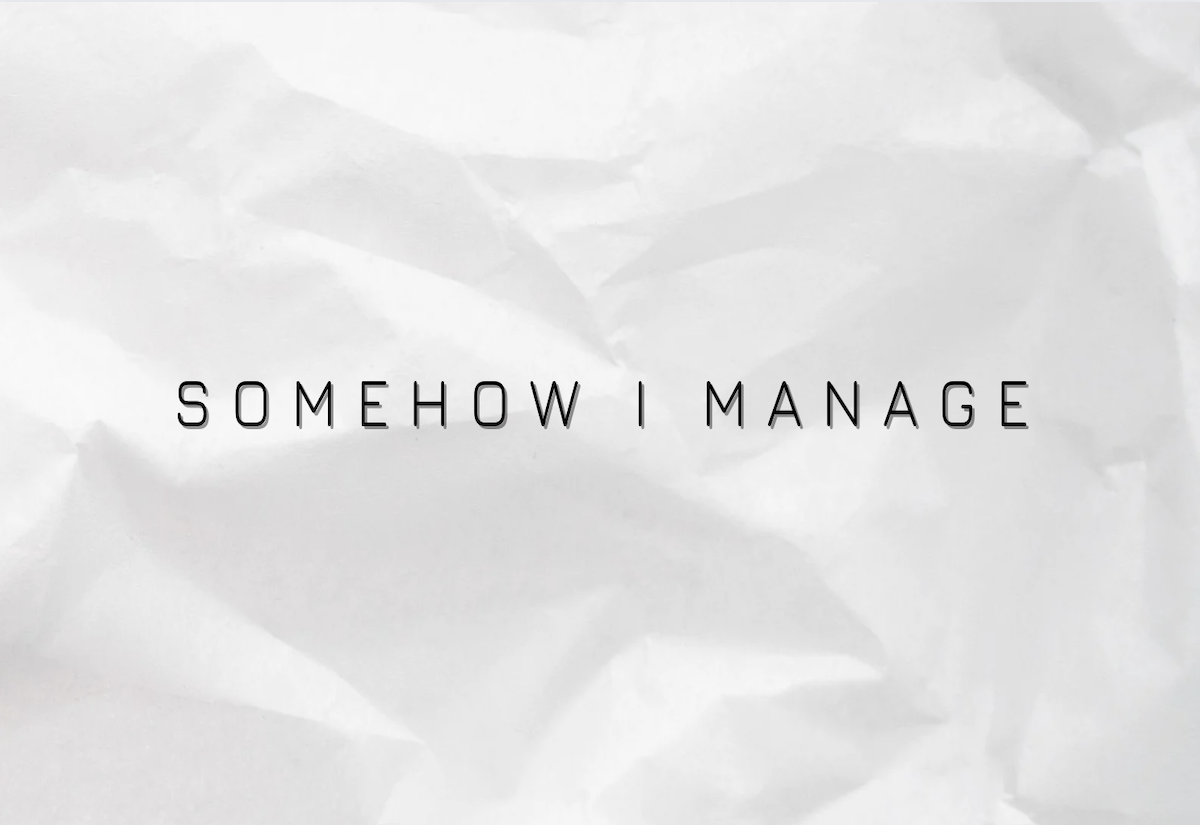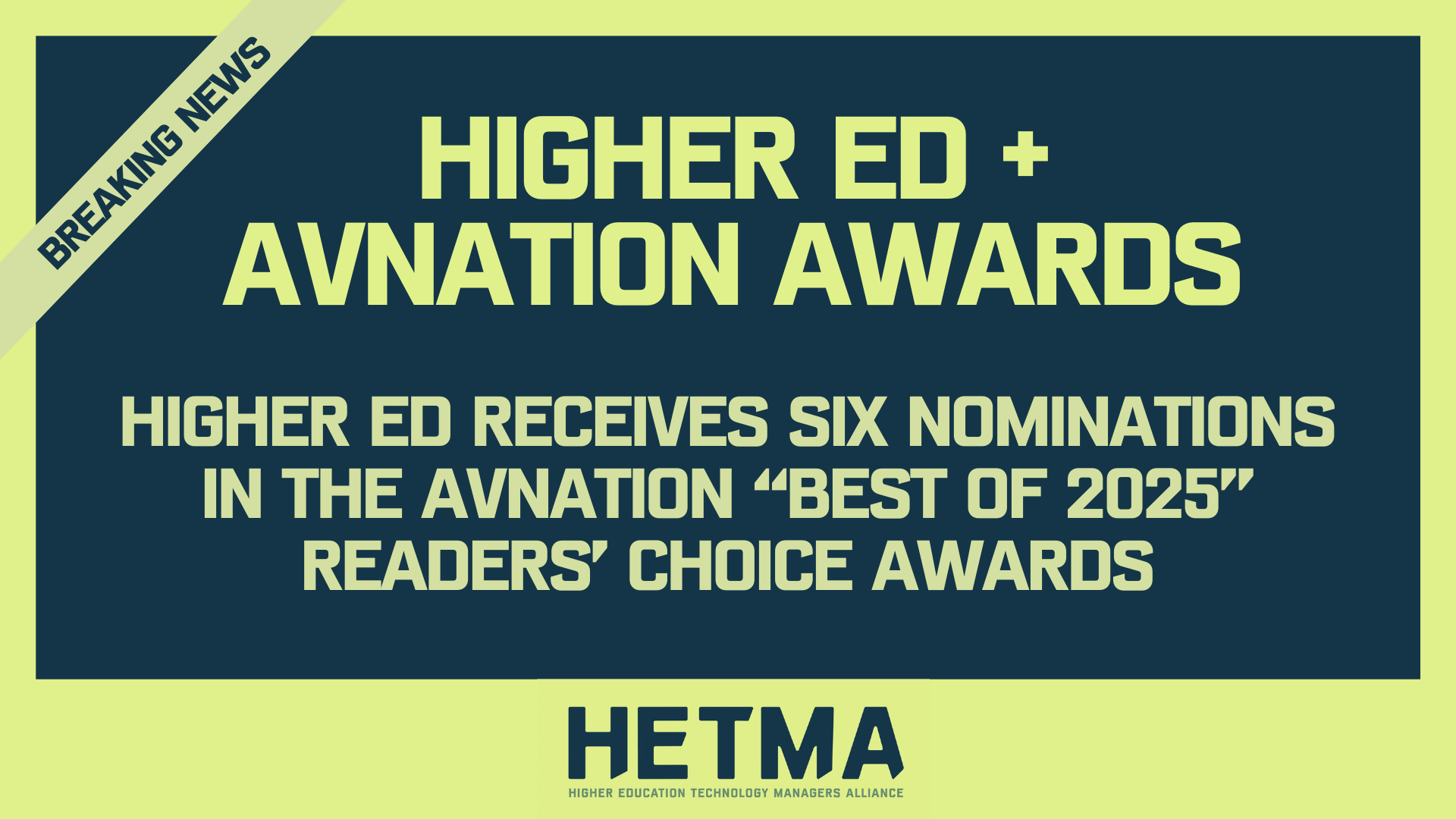Here we are, friends! The last article of my original four-part series about student employees. We went on a few side quests, but it’s time to wrap up “Student Employees 101,” so to speak. This is not the last article for this column– just the last article I had officially planned! And it’s on one of my favorite topics: documentation.
By Britt Yenser
This article is about documentation. If you want to learn more about building a program, recruiting students, and encouragement and feedback check out prior articles!
Here we are, friends! The last article of my original four-part series about student employees. We went on a few side quests, but it’s time to wrap up “Student Employees 101,” so to speak. This is not the last article for this column– just the last article I had officially planned! And it’s on one of my favorite topics: documentation.
If the word “documentation” fills you with dread, I get it. It can feel daunting. You’ll want to follow any policies and formatting your supervisor has in place, but if you are feeling stuck or don’t have a template, I encourage you to ask yourself this:
“If I got abducted by aliens tomorrow, what would someone need to do to keep my student employment program running smoothly?”
The heart of that question is twofold: “What is most important to sustaining the program I have built?” and “What knowledge am I currently the key holder of?”
When you have the answers to those questions, you know what needs to be documented.
Here are the two key pieces of documentation I have created for my student employment program:
Policy and Procedure
This document is updated annually, and covers, in detail, everything needed to run the student employee program for the AV department. I’ll share with you the headers, subheaders, and some basic explanations, as this can help you build out your own documentation:
- “What do you need to know about the university’s student-employee program?”
- How student employment works on our campus, and who the stakeholders are by title and name.
- “Current Challenges”
- What makes running the student employment program for the AV Team difficult– be as transparent as possible, so it is clear what challenges must be overcome. This also sheds light on why certain policies and procedures have been put in place.
- “Policy”
- What sets the overall tone of the department? For me, this is where I document our Common Purpose and Quality Standards.
- “Procedures and Processes” (the steps taken to enact a policy) and “Standard Operating Procedures” (how procedures across campus align with one another in order to realize the student employment program.)
- This is where the “nitty gritty” is – what needs to be done, when does it need to be done, and who does it. If any relevant checklists or sources of information exist, they are linked in this section.
- Here are my subheaders within this section:
- Recruitment
- Onboarding
- Training
- Standard Operating Procedures (SOPs)
- Management
- Team Building and Rewards
- “Offboarding”
This sort of documentation encompasses everything there is to know about running your student-employee program, and that is what makes it so vital! You work hard to have a smoothly running program, and it’s important for your knowledge to be accessible to other stakeholders. Writing out the details of your program will also allow you to identify what’s missing or what needs to be improved.
A Manager’s Landscape
This is a living document that is updated as you receive information. I recommend that you set aside time in your calendar to update your manager’s landscape weekly. A manager’s landscape can be used for both student employees and professional direct reports, although I recommend keeping student and professional documentation separate. Each employee should have their own landscape, where you document what you need to know about that individual. I personally use Google sheets, so each employee has their own tab within one document. You can learn more about a manager’s landscape in the book It’s Okay to Be the Boss by Bruce Tulgan. At its core, a manager’s landscape documents the following points about each employee:
- Who: Who is this person at work? What do I know about them that is relevant to work?
- Why: Why do I need to manage this person?
- What: What should I be talking about with this person?
- How: How should I talk to this person?
-
Where: What location is best to meet with this person?
I personally have tweaked my manager’s landscape, as I felt I had a good handle on most of the above questions, but needed to document more complex information. So my manager’s landscape for each student employee includes the following:
- Who: Who is this person at work? What do I know about them that is relevant to work?
- Wins: What do they consider a win? What do I consider a win for their role? What wins have been achieved?
- Misses: What do they consider a miss? What do I consider a miss for their role? What has been missed?
- Action Items: Based on the notes in this document, who needs to do what by when? This includes due dates, a drop-down menu to choose who the task is assigned to, and a drop down menu to indicate the action item’s status (“In Progress,” “Complete,” or “Blocked”).
- Training: What is their training progress? Training tasks are listed in order of complexity (least complex to most complex) with an accompanying drop down to indicate “Not trained” “Can do with help” and “Can do independently”
- Training Notes: Relevant notes about the student’s training progress
While it may seem overwhelming to constantly document information about your employees (student or otherwise) it is integral to your success as a manager. It serves as a constant reminder of what your employee needs and what you need from them. Thus creating a positive, productive relationship.
It took me a long time to get a full handle on how to format the Manager’s Landscape in a way that worked for me, so I am including screenshots below (it is all one document; it’s just too long to capture in one screenshot):


I’m not going to sugarcoat it– documentation is time-consuming at best and difficult at worst. Besides, no one wants to think of themselves as being abducted by aliens! That said, any documentation you create is worth it. Not only does it eliminate the pressures of being a key holder, but it also allows you to see what needs to be done, what needs to be improved, and what is going well!
So, set time aside to get that valuable information out of your brain and onto the page! Happy documenting!









